World Customs Organization (WCO) reports that the five African countries in thr East African Community (EAC) now have agreed on the technological foundation to facilitate the administration of the regional Authorized Economic Operator (AEO) programme in order to support, facilitate and secure trade.
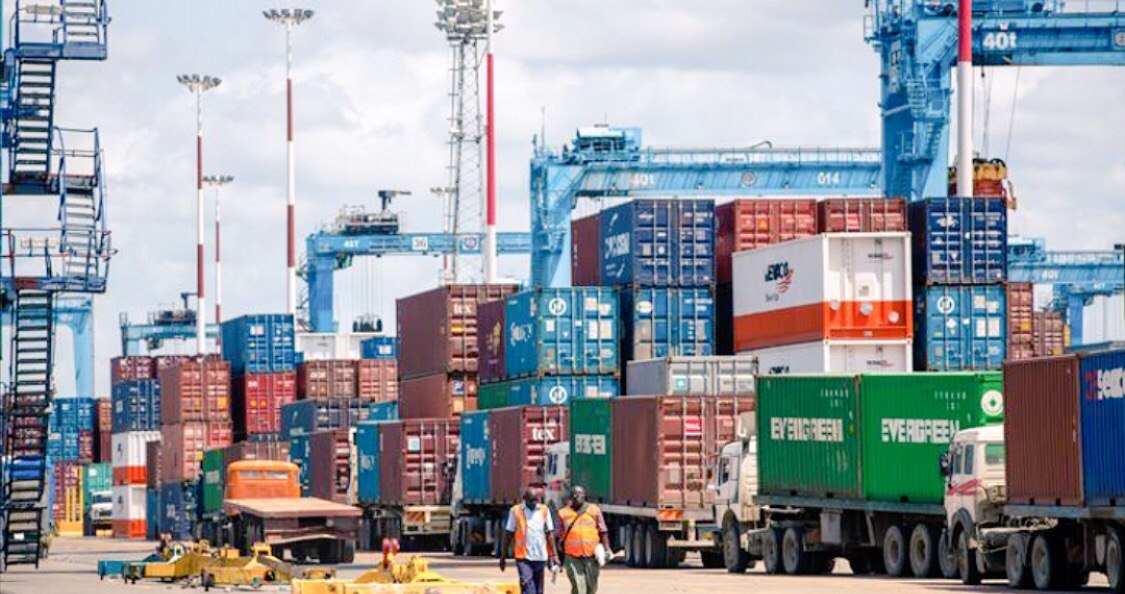
The WCO – EAC CREATe Project, funded by Sweden, supports the EAC region in implementing a regional Authorized Economic Operators (AEO) programme based on international best practices.
In order to effectively administer the regional AEO programme, the #EastAfricanCommunity member administrations agreed to introduce an AEO identifier on the #Customs declarations. Furthermore, it was decided that the EAC member administrations would gradually adopt the Globally Networked Customs (GNC) approach, recommended by the WCO.
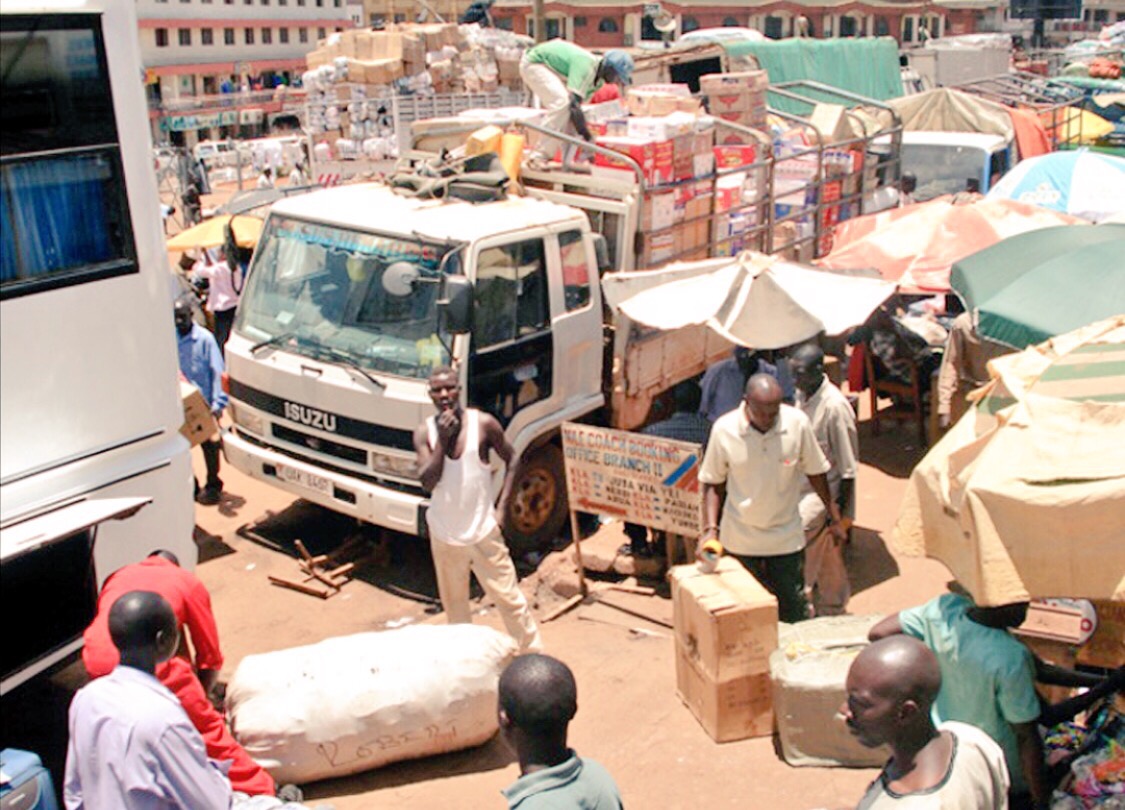
Furthermore, the EAC member administrations will also adopt and implement the Unique Consignment Reference number (UCR) as recommended by the WCO.
On the topic of UCR, the EAC Members benefited from the experience and expertise of a lead IT expert from Swaziland who was critical in developing the region’s own UCR system as part of the SACU regional Preferred Trader Programme under the WCO-SACU Connect Project, also funded by Sweden.

The EAC Director Customs, Mr. Kenneth Bagamuhunda, says in a comment: “We are grateful to the WCO and Sweden who have given us a lot of support for this project, but we now need to look at sustainability beyond the project”.
Source: WCO
There are very few places in the world I love more than Circular Quay in Sydney, Australia. I fell on love with place already when I saw ot the first time 1988. I can sit there forever and just study the view and people passing by. Great place.
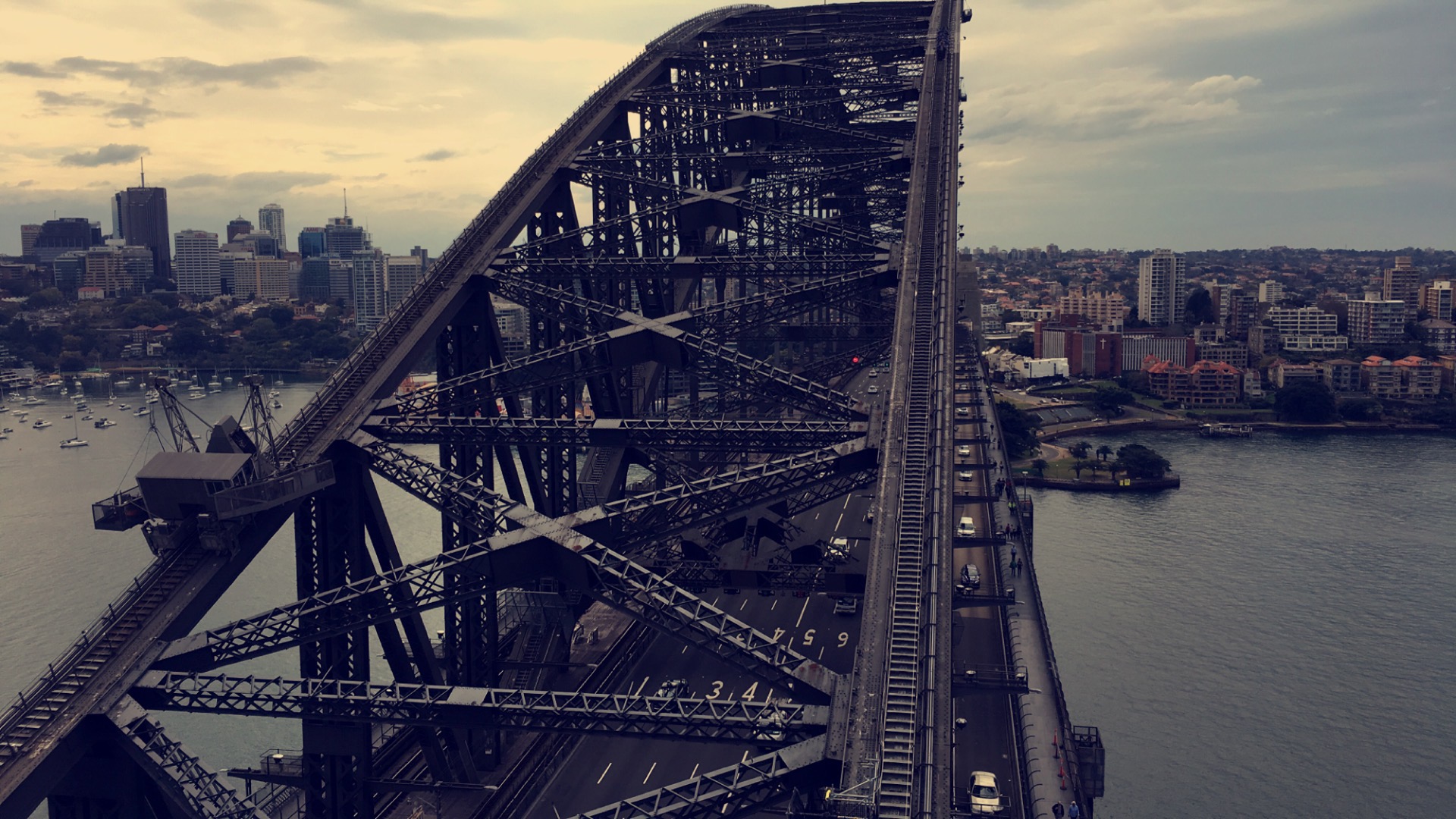
There is the Sydney Harbour Bridge. One of the most famous bridges in the world. Now I have climbed it as well.
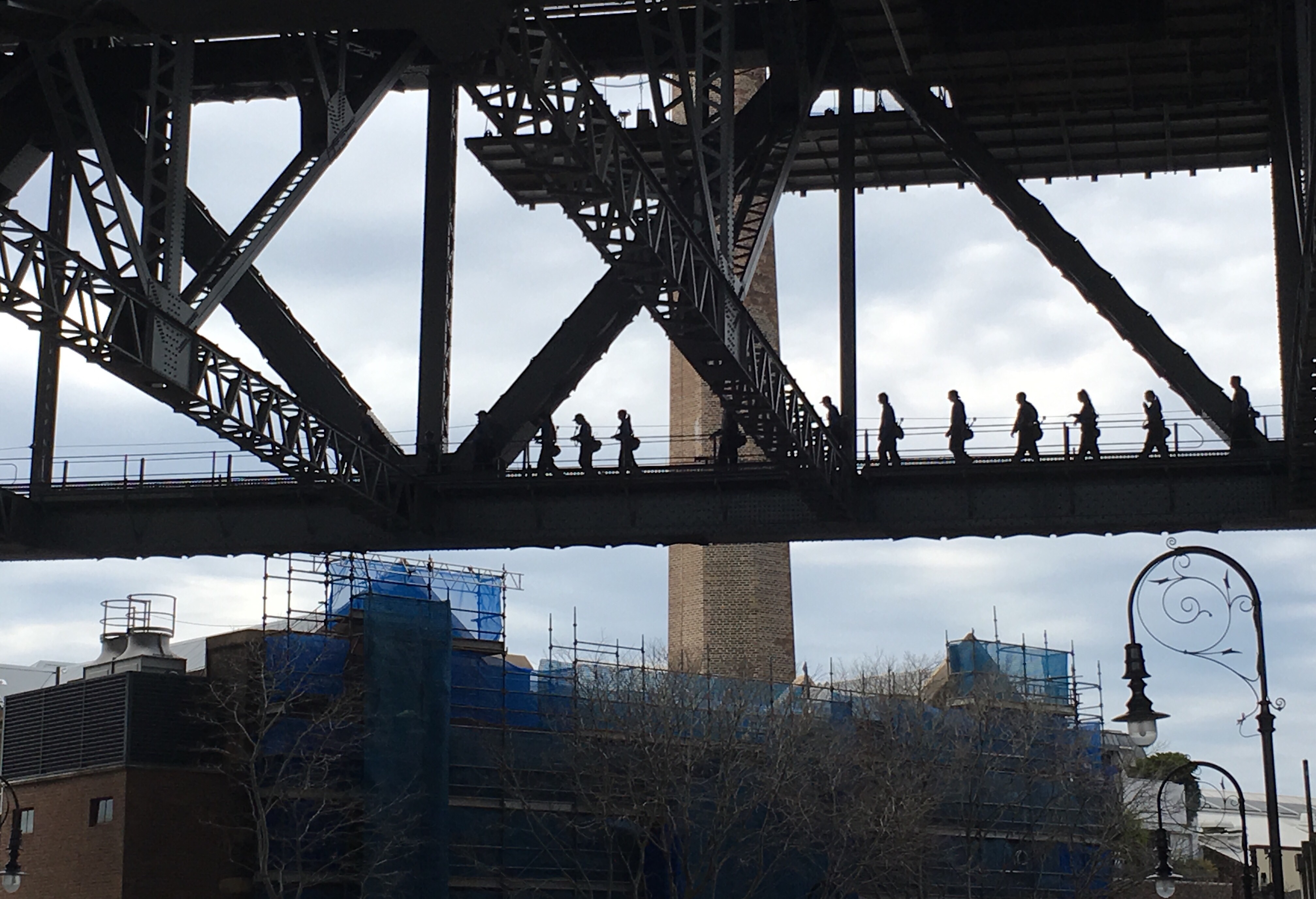
The Bridge is a steel through arch bridge across Sydney Harbour that carries rail, vehicular, bicycle, and pedestrian traffic between the Sydney central business district (CBD) and the North Shore.
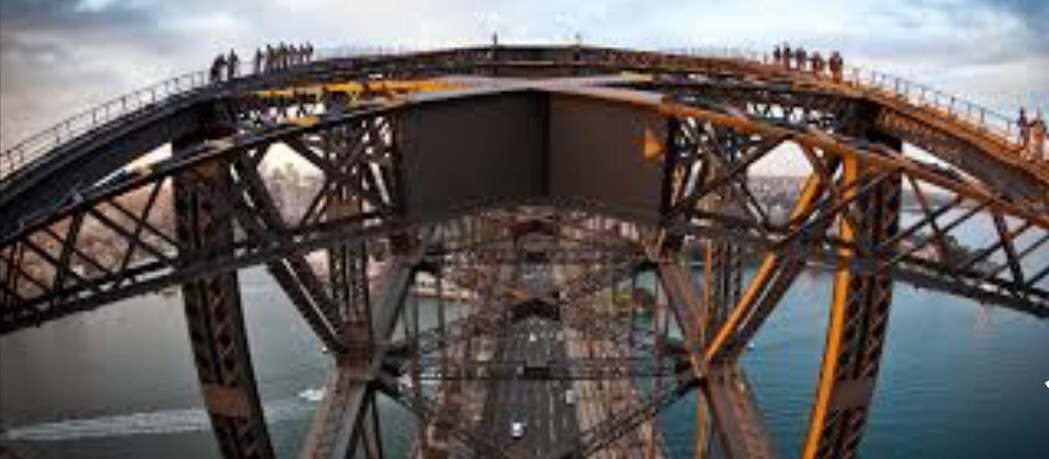
The dramatic view of the bridge, the harbour, and the nearby Sydney Opera House is an iconic image of Sydney, and Australia. The bridge is nicknamed “The Coathanger” because of its arch-based design or is simply called the Bridge by Sydney residents, opened in 1932.
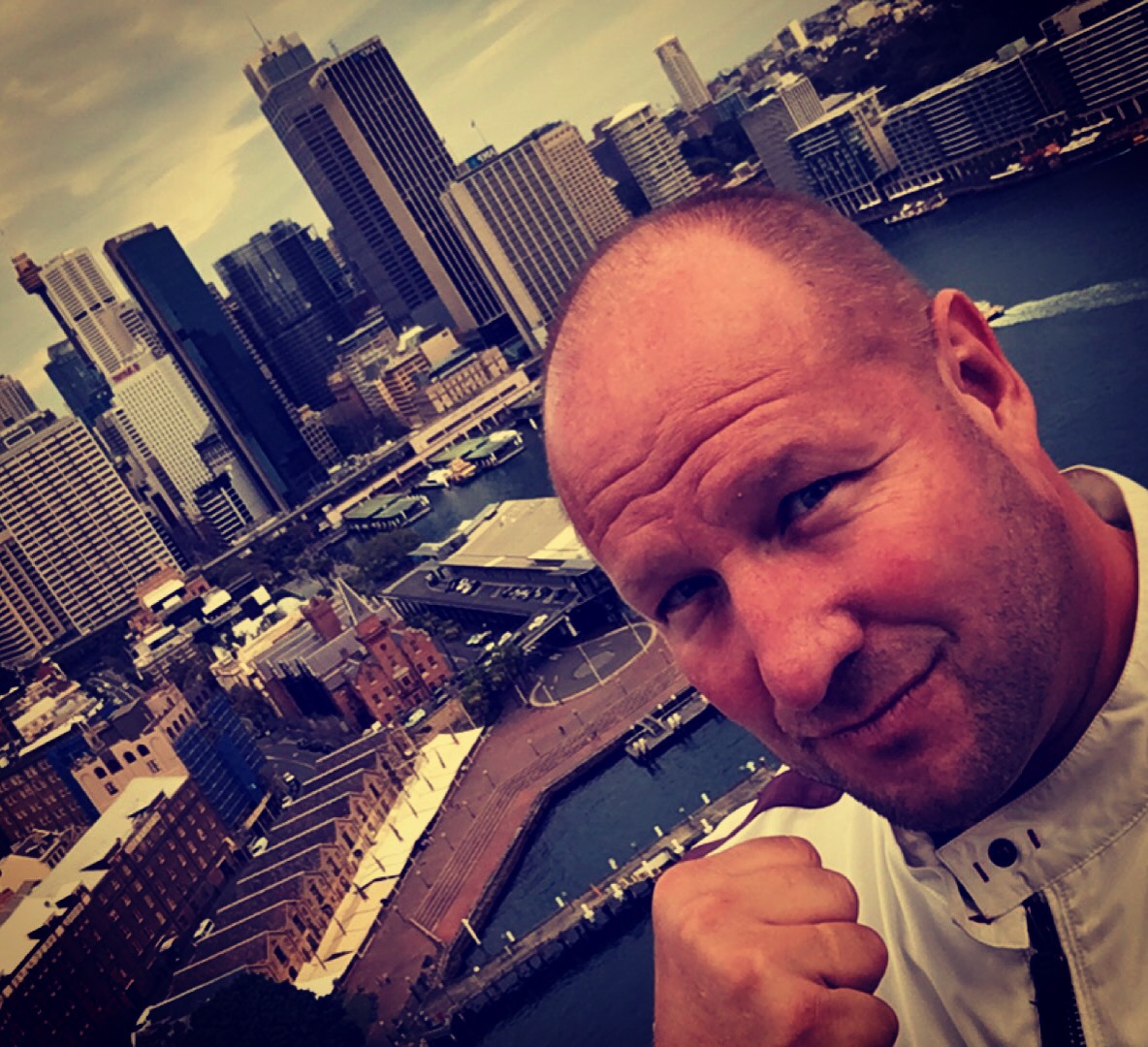
There is also the beautiful Sydney Skyline. Almost as famous as Manhattan.
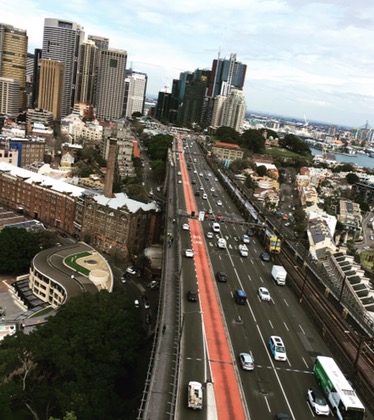
There is the Sydney Opera House. One of the 20th century’s most famous and distinctive buildings. Only a Danish designer can make something so beautiful.
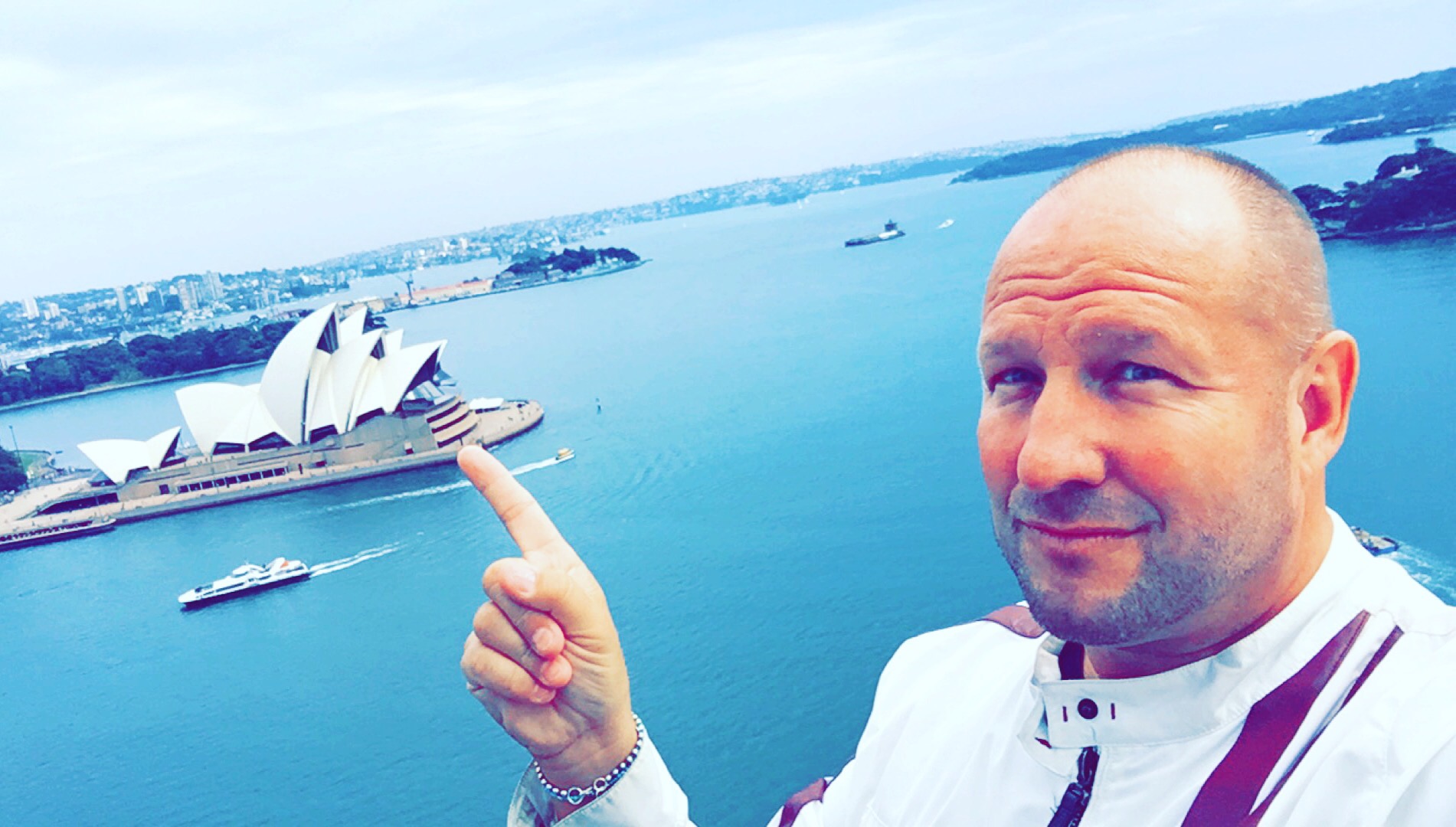
It was Danish architect Jørn Utzon that made the building after winning an international design competition.
New discoveries, intelligent devices and irrepressible dreamers are once again making space exciting.
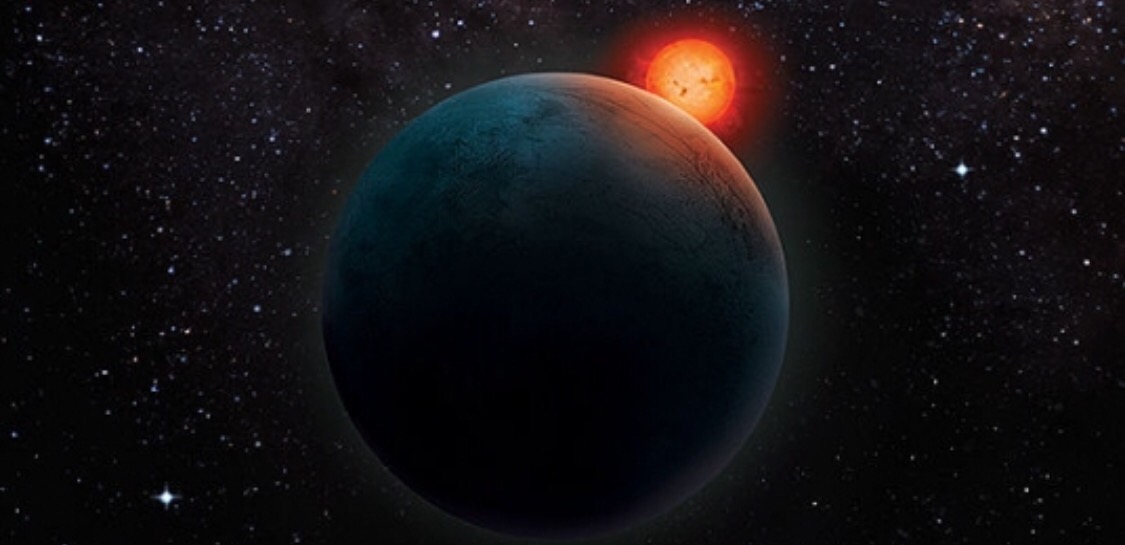
It may turn out to be a bare and barren rock. The fact that liquid water could be flowing across the surface of the planet just discovered orbiting Proxima Centauri, the nearest star to the sun, does not mean that any actually is—nor for that matter that it has an atmosphere. The fact that water and air, if present, could make this new world habitable does not mean that it is, in fact, a home to alien life.
But it might be.
What is exciting about this new world is not what is known—which, so far, is almost nothing (see article). It is what is unknown and the possibilities it may contain. It is the chance that there is life beneath that turbulent red sun, and that humans might be able to recognise it from 40 trillion kilometres away. In the immense distances of space that is close enough to mean that, some day, perhaps, someone might send probes to visit it and in so doing glimpse a totally different form of life. In the thrill of such possibilities sits all that is most promising about the exploration of space.
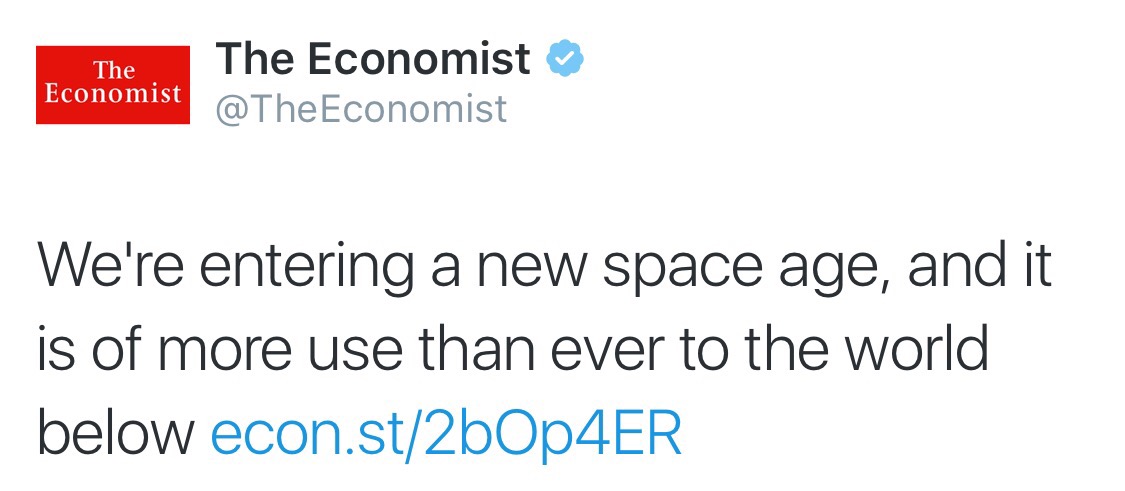
If you want to read the entire excellent arricle, click here: Article from Economist
Source: The Economist
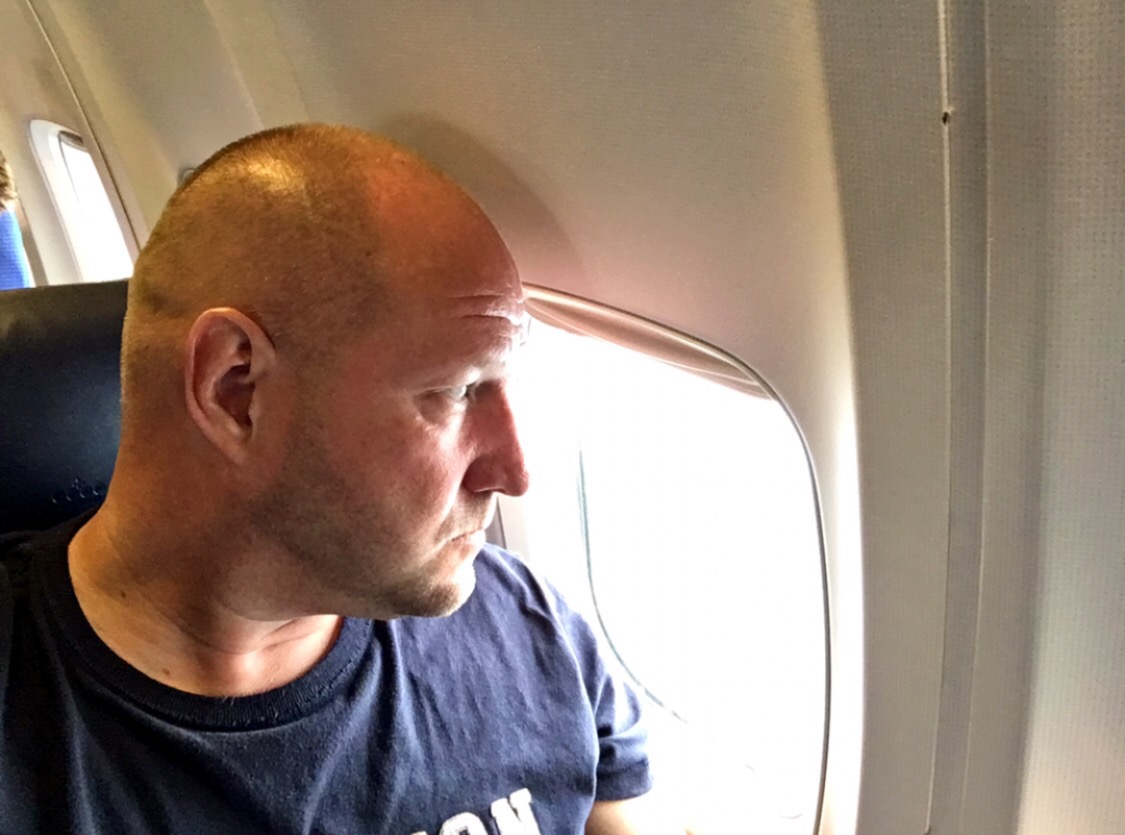
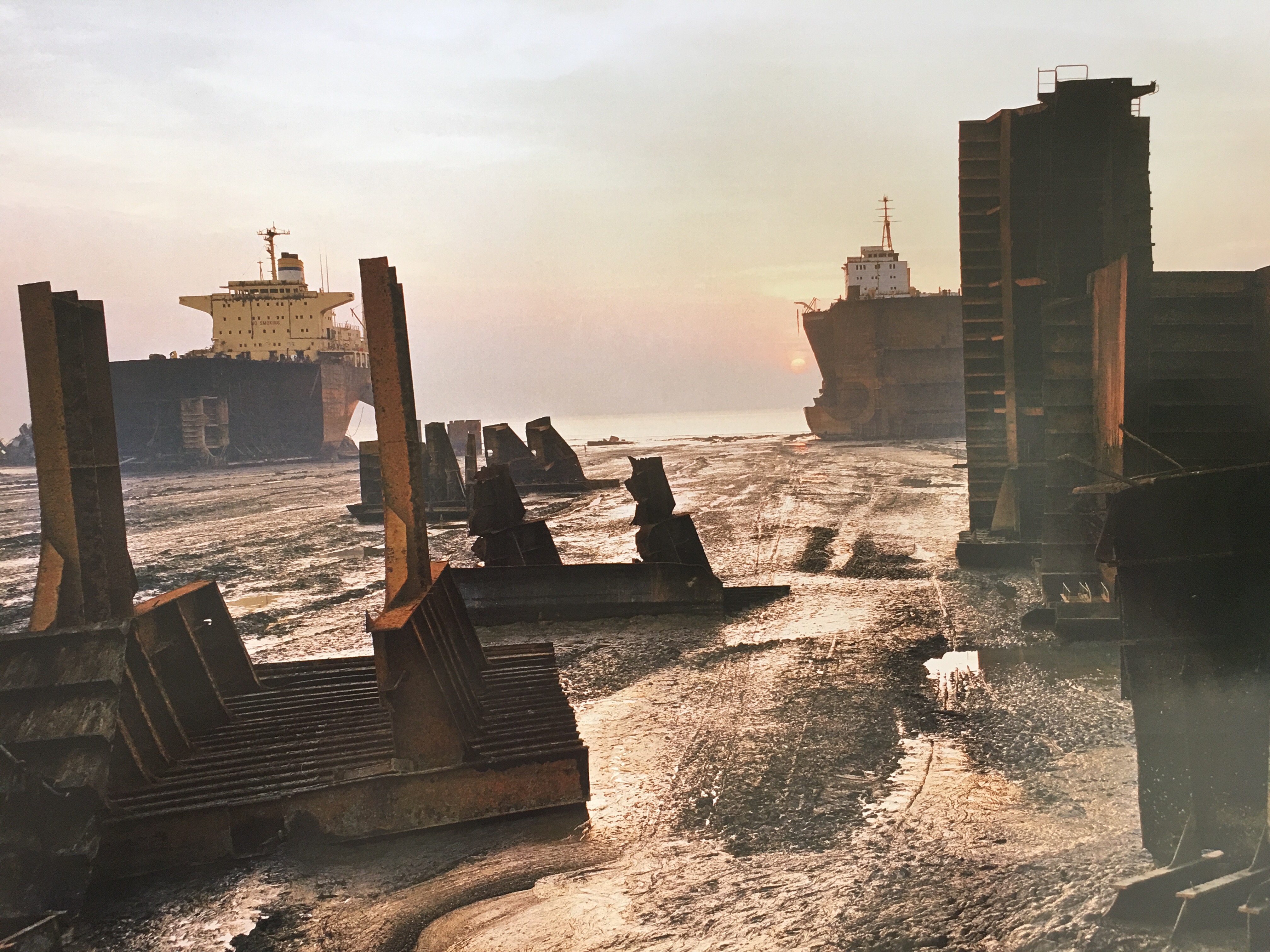
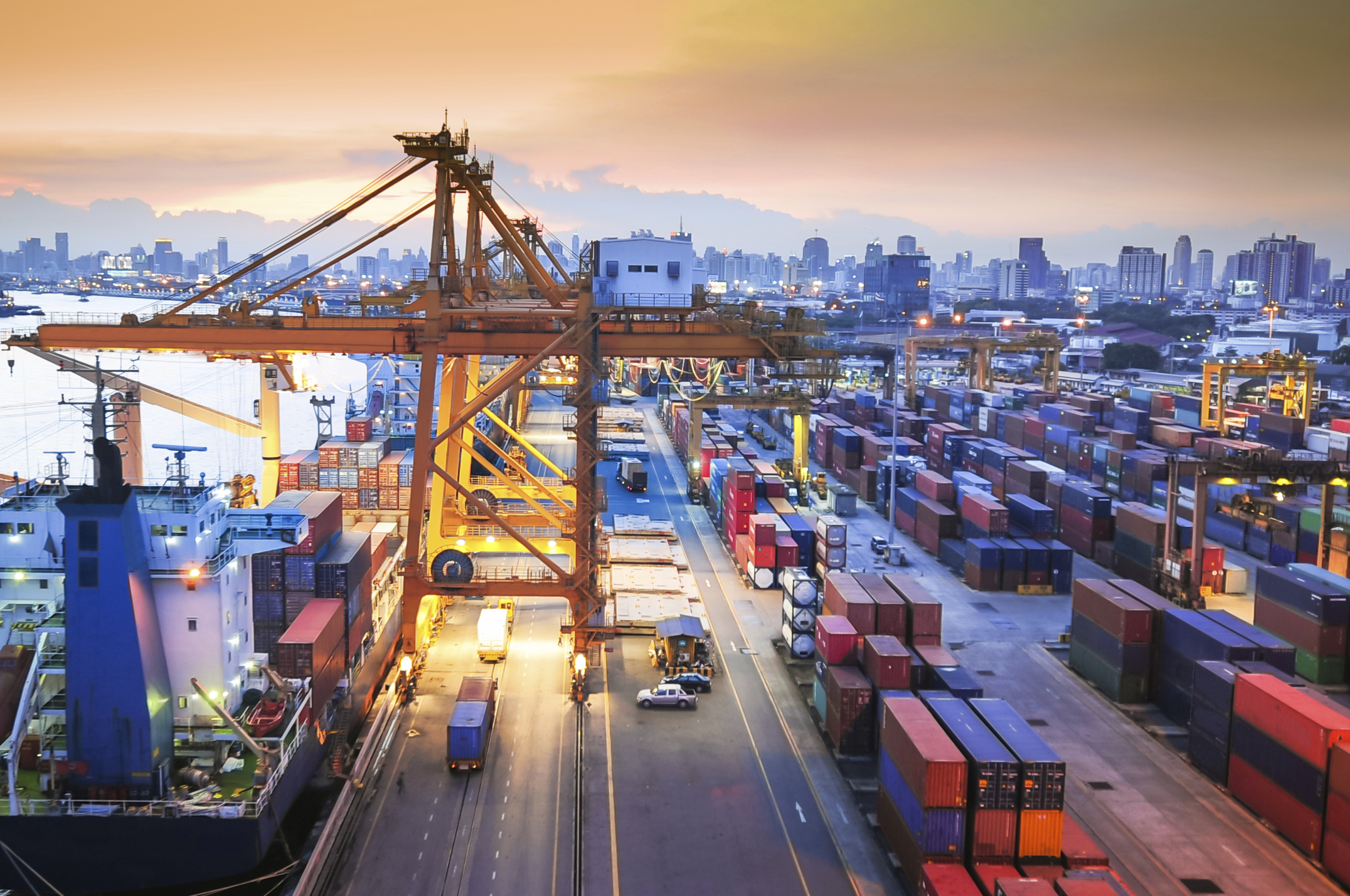
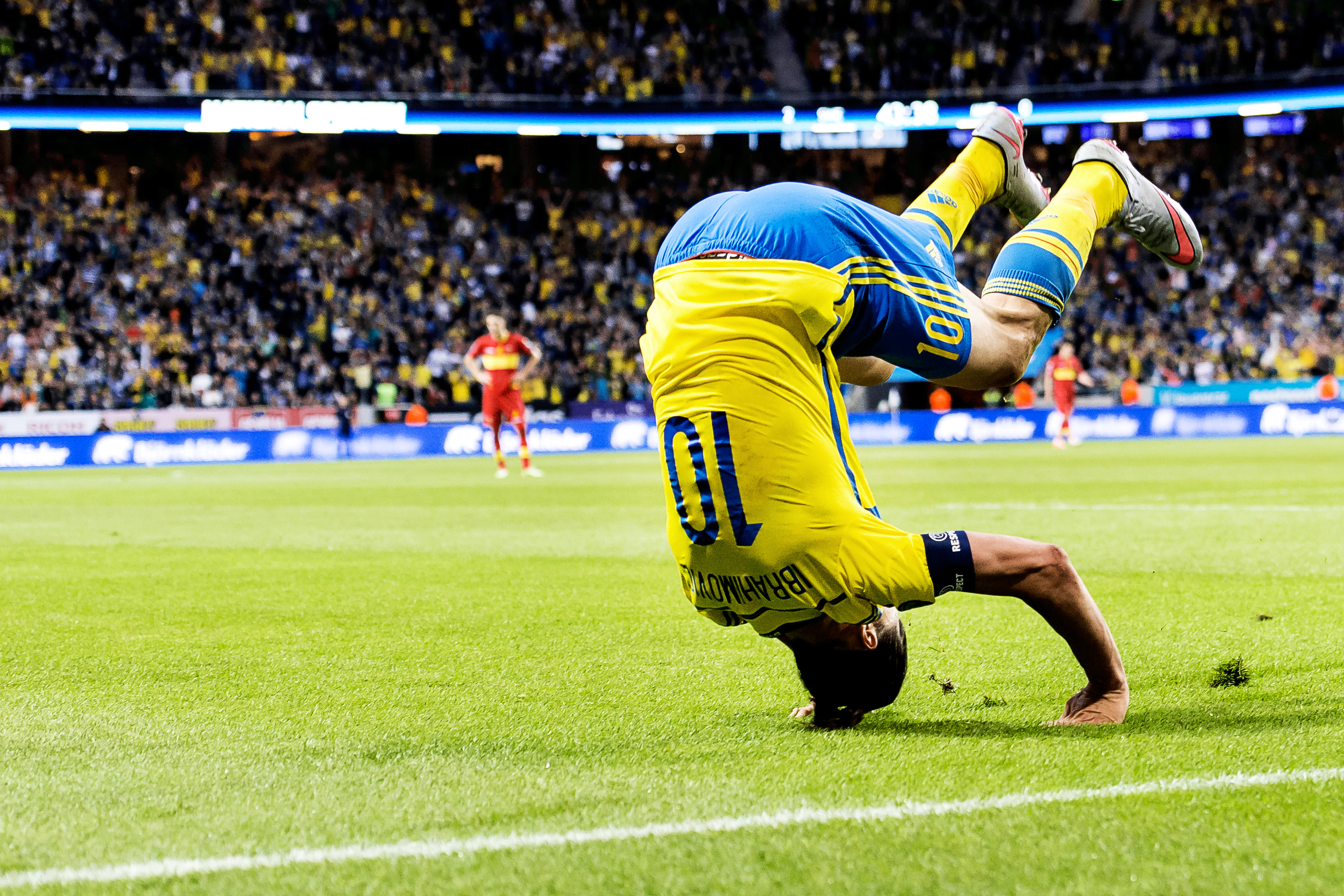

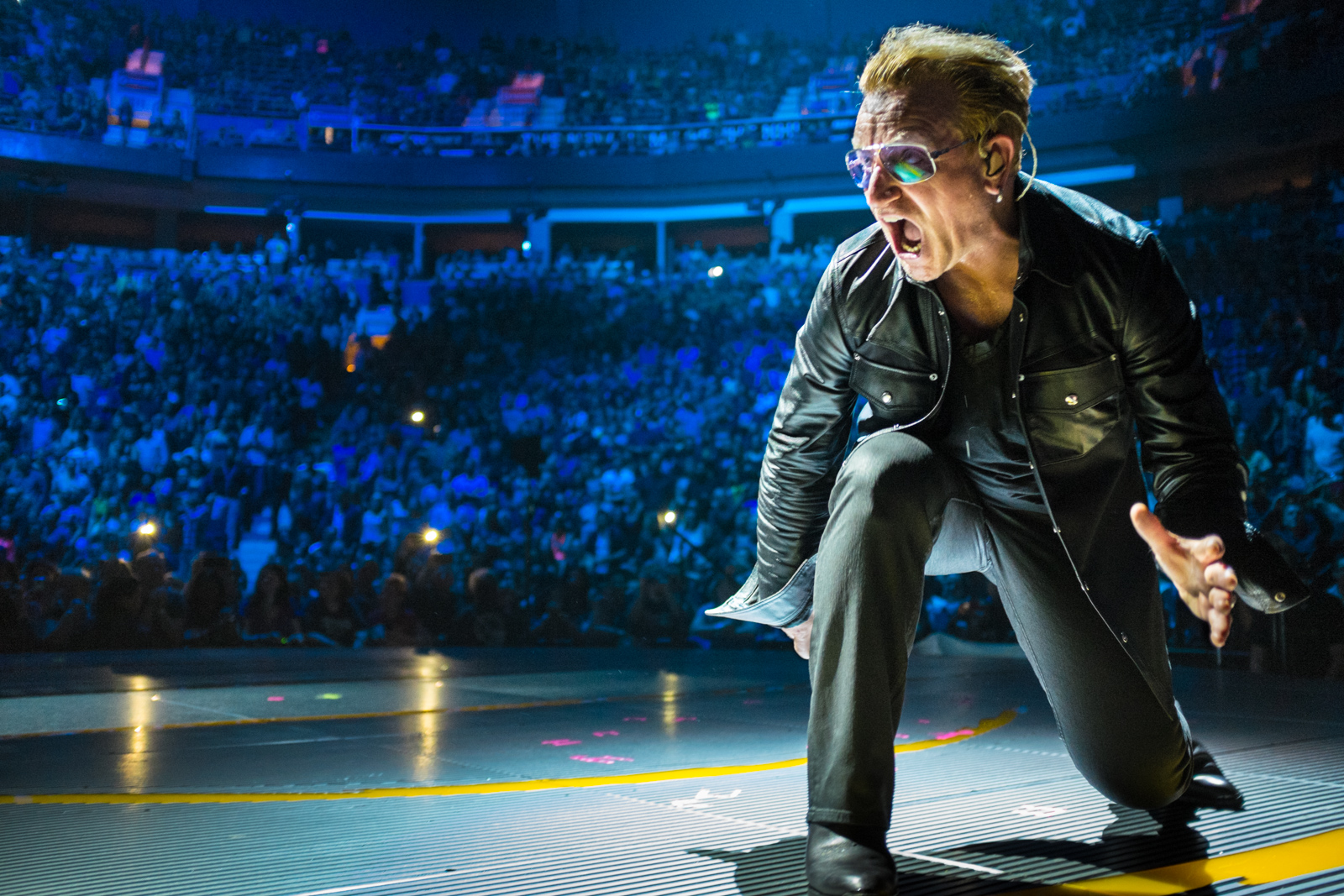
You must be logged in to post a comment.